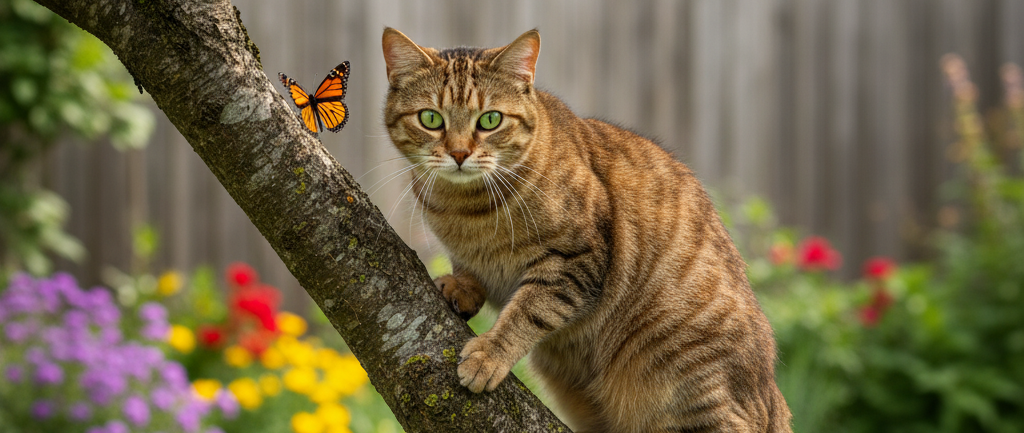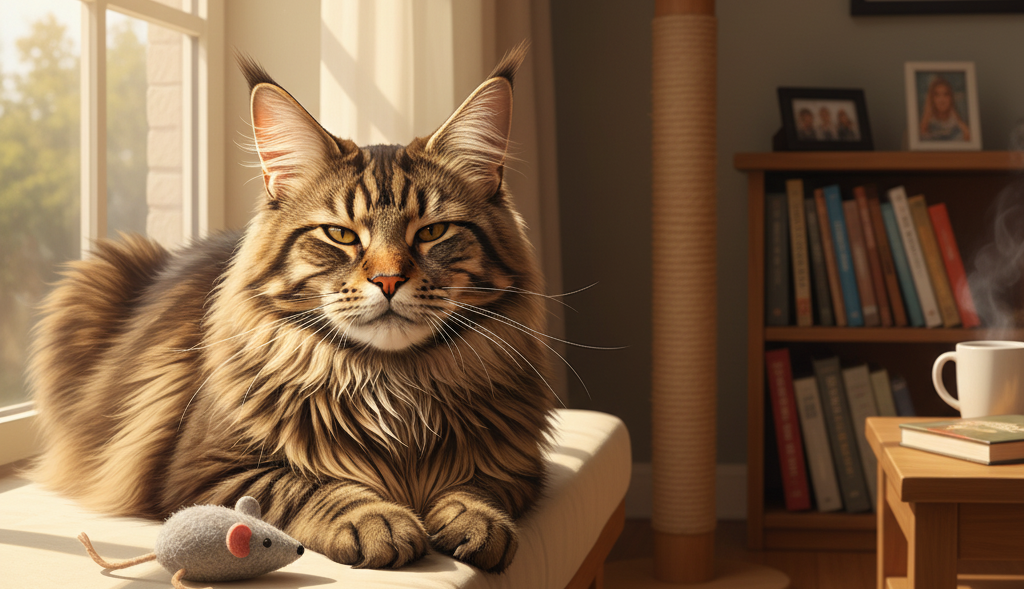Domestic cats, with their sleek elegance and enigmatic personalities, are among the most beloved animals in the pets and animals category. Scientifically known as Felis catus, these small carnivores have shared human lives for over 9,000 years, evolving from wild ancestors to cherished companions. Found in homes worldwide, from urban apartments to rural farms, cats captivate with their agility, independence, and surprising depth of affection, making them ideal pets for diverse lifestyles while retaining their instinctual prowess.

Evolutionary Roots and Physical Adaptations
Cats trace their lineage to the African wildcat (Felis lybica), domesticated in the Near East around 7,000 BCE to protect grain stores from rodents. Their bodies are built for hunting: retractable claws, sharp teeth, and flexible spines enable stealthy pounces and bursts of speed up to 48 km/h. Their eyes, with slit pupils, excel in low light, detecting motion in near-darkness, while whiskers sense subtle environmental changes. Breeds like the Siamese, with slender frames, contrast with the robust Maine Coon, showcasing genetic diversity from selective breeding.
Cognitively, cats are problem-solvers, capable of learning tricks or opening doors. Studies, like those at the University of Kyoto, show they recognize their names and owner voices, though their response is often selective. Their purring, linked to healing through low-frequency vibrations, doubles as communication of contentment or stress relief.
Social Behaviors and Pet Dynamics
Unlike pack animals, cats are solitary hunters but form social bonds, especially with humans or other pets. Feral colonies demonstrate cooperative parenting, with queens nursing each other’s kittens. As pets, cats display affection through head-butting, kneading, or slow blinks—signs of trust. Breeds like the Ragdoll are notably docile, while Abyssinians thrive on play, reflecting varied temperaments.
Training involves positive reinforcement, like treats for using a scratching post, but cats’ independence can challenge obedience. Their vocalizations—meows, chirps, or growls—are often tailored to humans, as wild cats rarely meow to each other. Ethical care includes spaying/neutering to curb overpopulation, with millions of strays euthanized annually, per ASPCA data.

Conservation, Welfare, and Human Connections
While domestic cats face no extinction risk, their impact on wildlife is significant—stray and outdoor cats kill billions of birds and small mammals yearly, per a 2013 Nature Communications study, prompting calls for indoor living or belled collars. Pet overpopulation strains shelters, with adoption campaigns like those from Humane Society International promoting responsible ownership. Cats require balanced diets (high-protein, low-carb), regular vet care, and enrichment like climbing trees or interactive toys to prevent obesity or boredom.
Human-cat bonds are profound, with therapy cats aiding mental health in settings like hospitals. Cultural reverence spans ancient Egypt, where cats were deified, to modern internet fame via figures like Grumpy Cat. Responsible pet ownership avoids declawing, banned in places like the UK for ethical reasons, favoring nail caps or scratching posts.
Cats in Culture and Ongoing Research
Cats permeate culture, from Japanese maneki-neko figurines symbolizing luck to literary muses like T.S. Eliot’s Old Possum’s Book of Practical Cats. Research into feline cognition explores their emotional intelligence, with AI analyzing vocal patterns to decode moods, potentially improving veterinary care. For pet lovers, adopting from shelters or supporting groups like the International Cat Care fosters connection without fueling unethical breeding.
Cats, with their blend of wild instincts and domestic charm, embody a unique balance, enchanting humans while reminding us to respect their nature and protect their welfare.
This text was generated using a large language model, and select text has been reviewed and moderated for purposes such as readability.
